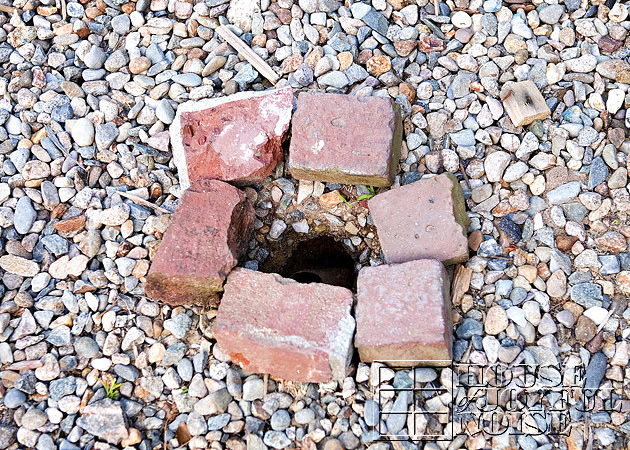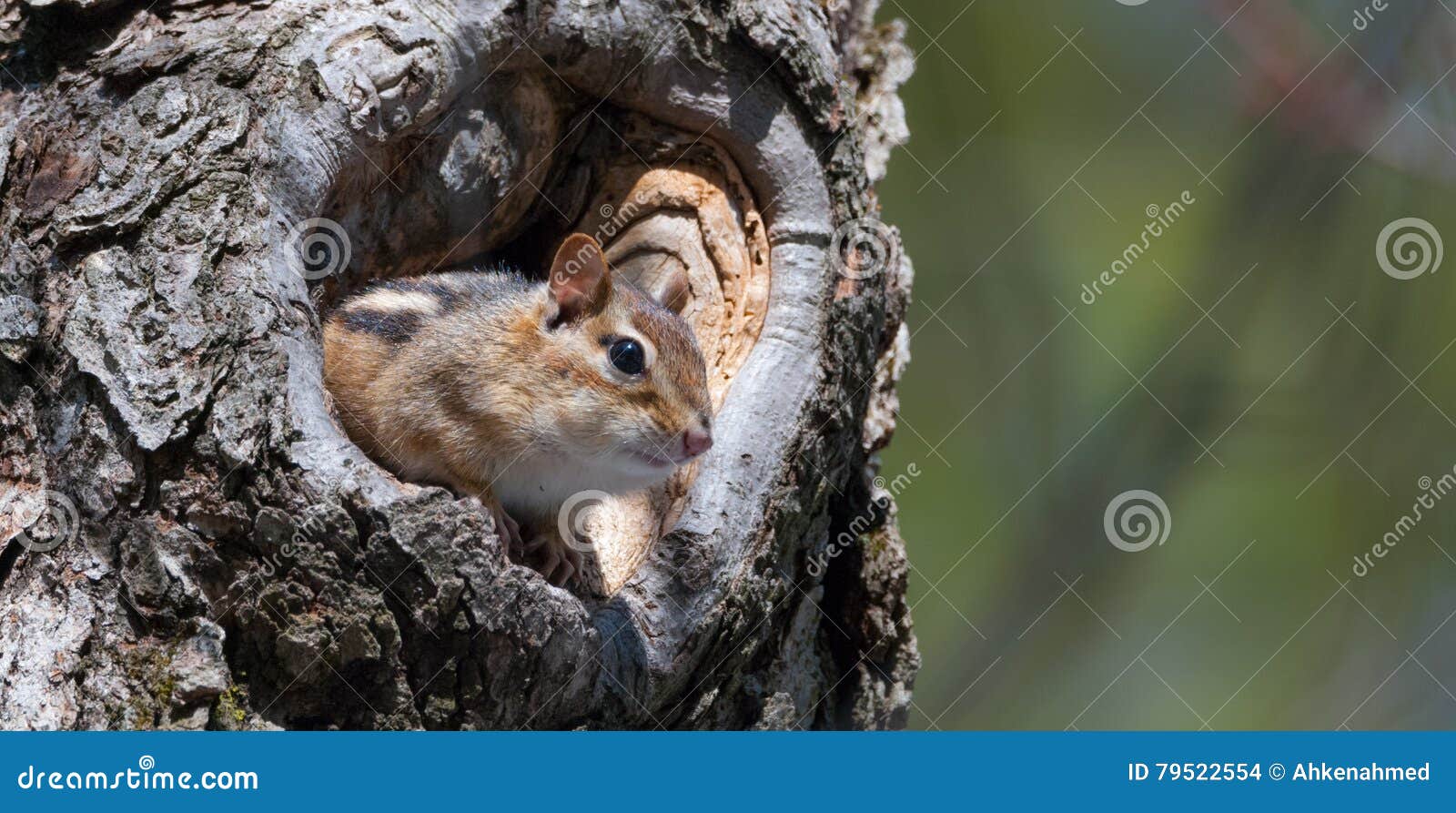
The best method for keeping snakes out of their holes is to block it with fabric, burlap, or fine wire mesh. Make sure to firmly pack the whole if you plan on using dirt to fill it. Some experts recommend filling in the hole with dirt, though many snakes can dig through this Loosely packed soil. Once you know that there is likely not a snake waiting to ambush you inside the hole or surrounding it, you should take the time to block the entrance of the hole in your yard. Anytime you approach a snake hole, take a moment to scan the area and ensure that there are no snakes lurking nearby. However, if you’ve noticed a rattlesnake or another type of venomous snake in your backyard, getting rid of it and dealing with the snake hole is a much better solution. Having a snake in the backyard may not sound ideal, especially if you have dogs or cats, but it may be something that some homeowners are comfortable with. Wild snakes are excellent pest control animals, especially if you have a lot of rodents in the area. While this won’t get rid of your snake problem and could potentially make it worse, it is a kind thing for you to do for a wild snake. One possible solution to your problem is to simply leave it alone.


There are a few actions you can take if you think you have a snake hole in your yard. What Should You Do with Snake Holes in Your Yard? Here’s what you should do with snake holes in your yard. If you think you have snakes in your yard and you are worried about them being there, it’s time to take action. This could also include your family pets if they happen to stumble upon a snake when you aren’t observing them. Rattlesnakes are very dangerous and should be dealt with by a professional.Įven if most of these snakes aren’t particularly dangerous to humans, you should always know that a snake will often bite if it feels cornered or threatened. While the majority of these snakes are non-venomous and otherwise docile, you should pay attention if you happen to see a rattlesnake in your area. There are a surprising number of snakes in many North American backyards.
CHIPMUNK HOLE SKIN
Snakes shed their skin often, so if you ever see these paper thin by-products in your backyard, you should feel confident knowing that you have snakes. One of the most telltale signs that there are snakes living in your backyard is the presence of their shredded skin. You could simply have gophers or chipmunks, but if you’ve seen a snake slithering around, that hole may be their home now. However, seeing a snake is key to assuming this. If you have noticed snakes in your backyard or neighborhood, it may be safe to assume that the holes in your backyard are occupied by snakes. While this may seem counterintuitive, sometimes the only way to identify a snake hole is to physically see a snake enter it. The best way to identify snake holes in your yard is to watch out for snakes. Snakes will sneak into just about anywhere if they think they can fit and that it will be safe for them. This also includes cracks in cement and foundations of homes. However, it is safe to assume that snakes will occupy just about any hole in the grounds that has already been dug. If a snake is using a hole frequently, the entrance to the tunnel often gains a rounded shape, much like a snake’s rounded body. Since snakes often steal other creatures’ holes, it can be difficult to identify a snake hole in your yard. Snake holes offer snakes protection from predators as well as valuable insulation for their bodies. They don’t mind feeling dirt surrounding them, and they often prefer it. Snakes enjoy the overall protection that holes can give them, preferring to live in holes that are Compact and narrow. Because snakes only dig holes with their head and can’t dig through impacted soil, they prefer living in holes that are more structurally sound and fully dug. Snakes often take over holes dug by rodents, both seeking food and shelter in these holes.

It is important to note that snakes often occupy holes that they have not made themselves. They enjoy the protection that holes in the ground can offer, and often exit their holes to seek sunlight and warmth. Most snakes who dig holes use their nose and body to do so. If you happen to notice that there are many holes in your yard, you may or may not have a snake problem. This can make identifying snake holes a bit more difficult. Unless your backyard has loose soil or sand in it, most snakes actually choose to occupy holes that have already been dug. However, there are very few snakes that can dig through hard and impacted soil. 9 Chipmunk Holes vs Mole Holes vs Snake Holes.Avoid Covering the Hole with Something Snakes Like Cover the Hole with Wire Mesh, Burlap, Etc. 6 How Can You Get Rid of Snake Holes in the Yard?.5 What Should You Do with Snake Holes in Your Yard?.
CHIPMUNK HOLE HOW TO


 0 kommentar(er)
0 kommentar(er)
